Tomb of Rudaki
Where the father of Persian poetry is laid to rest.
Nestled in the Fan mountains in the northwest of Tajikistan is the resting place of the man known as the father of Persian poetry. Born around 859, Rudaki is one of the primary historical figures of post-Soviet Tajikistan, strongly figuring into the national identity as a symbol of not just artistic achievement but also as a cultural touchstone for modern Tajiks.
Rudaki, born as Abu ‘Abdollah Ja’far ibn Mohammed, enjoys a certain status as a more glamorous historical figure, one who was semi-royalty, serving as a court poet in Bukhara to the Samanid ruler Nasr II until he lost favor in 937 and returned to his hometown of Panjrud, where he lived the rest of his life in poverty until his death around 941.
Also known as an accomplished singer and musician, Rudaki has even been portrayed in Satim Ulughzoda’s 1959 film Qismat-i Sho’ir (in English, “A Poet’s Fate”) as a kind of literary action hero/heartthrob in the dramatized biopic. In Tajikistan’s capital of Dushanbe, about five hours driving distance from Rudaki’s hometown and resting place of Panjrud, everything from the main avenue to a large public park near the parliament building, complete with a giant statue of the poet, are graced by his name.
Despite his fame and prominence in Tajik culture in particular, there is a stillness, a sanctity imparted by the mausoleum’s remote location, about 40 miles outside the city of Panjakent. The gravel road leading to Rudaki’s resting place is rocky and uneven, and though the mausoleum was built in 1958, the villagers of Panjrud still look up with surprise at the sight of foreigners and tourists.
The keeper of the mausoleum unlocks the carved wooden gates that enclose an expansive, well-manicured, brilliantly green garden filled with roses. Written over the gate—in both the Perso-Arabic script that Rudaki wrote in in the 10th century, and the Cyrillic script in which Tajiki is written in now—is one of the poet’s most famous verses, which states, “There is no greater joy in this world/ Than seeing the faces of friends.”
Inside, the surrounding walls and marble floors are a pristine, glowing, almost heavenly white, diffused in natural light that shines from holes in the ceiling onto the dark wooden coffin, topped with marble, resting in the center of the mausoleum. Downhill from Rudaki’s actual resting place is a small museum which displays artifacts from Rudaki’s life and the history of the Sughd region, along with a library of numerous translations and editions of the work of Rudaki and other Persian poets.
Academics estimate that Rudaki produced upwards of 100,000 poems, or bayts, although only 1,000 have survived and are in existence today, many of them in fragments and found from varying sources. Still, Rudaki is credited with establishing Persian as a poetic language and influencing the style and form of generations of Persian poets after him.
Know Before You Go
You can drive from Panjakent via taxi or mashrutka. Nowadays there's a decent asphalt road from the main highway (between Penjikent and Dushanbe) all the way to the parking of the tomb.



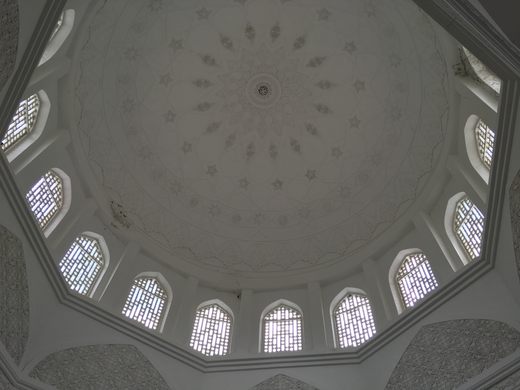

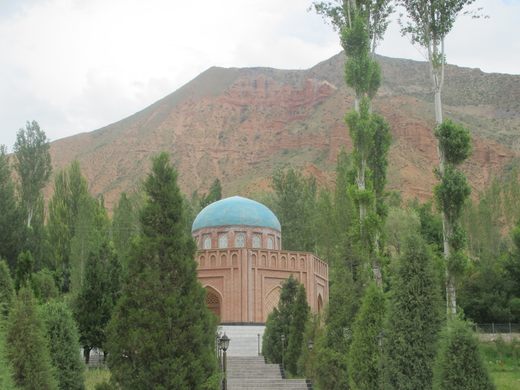






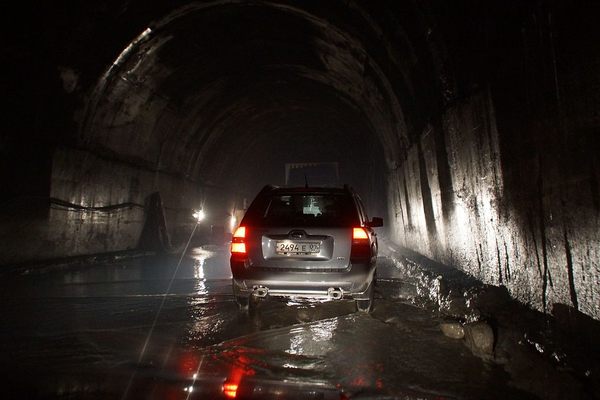
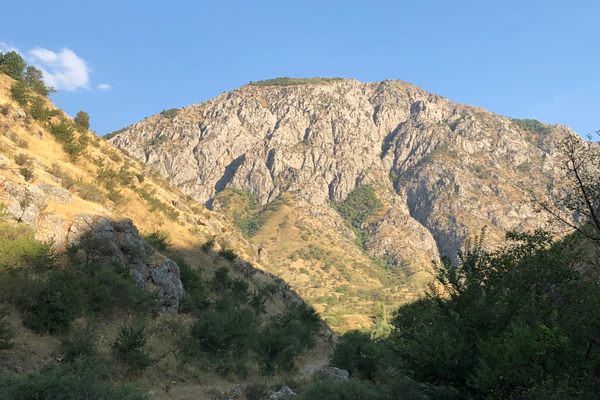

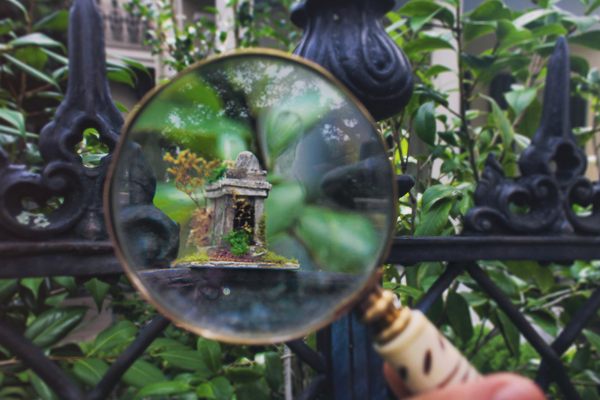



Follow us on Twitter to get the latest on the world's hidden wonders.
Like us on Facebook to get the latest on the world's hidden wonders.
Follow us on Twitter Like us on Facebook